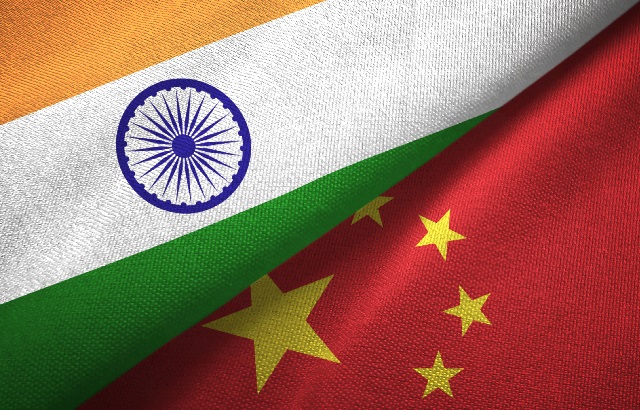The term ‘Asian Century’ entered common usage in the 1980s, as a way of describing the region’s anticipated economic dominance in the 21st century, writes Sunny Bangia, portfolio manager at Antipodes Partners.
But with the Asian financial crisis of 1997, the 2008 global financial crisis and most recently covid-19, investors could be forgiven for ignoring exposure to what has continued to be the fastest-growing region on the planet.
However, exposure to Asia can no longer be overlooked.
Continued strong economic growth, even in the face of severe stress-tests, leaves the region well positioned for its much-anticipated period of market leadership.
Multi-year opportunity in unflappable China
With regards to stress-tests, covid-19 has been the ultimate.
China was initially the epicentre, the human toll devastating, as the country went into hard lockdowns.
Against a global backdrop of extraordinary money creation in response to the virus, the fiscal and monetary response in China and other major Asian economies has been far more frugal.
Getting through this health crisis without excessive use of monetary or fiscal levers is significant and something investors should not understate.
In China, economic data indicates the nation is currently well ahead of many other major economies.
Chinese GDP grew by 6.5% in Q4 2020 and incredibly registered positive growth for the year, despite the turmoil. This continued and rapid normalisation is accelerating the structural economic shift that has been underway in China since the turn of the century – this is a shift from an export-driven economy to a consumption-driven economy.
Domestic consumption in China is an extraordinary multi-year investment opportunity.
We see the two most important components of the consumption economy as the emerging lower and middle class and the premium class.
With an income per capita of around US$6,000, the emerging class is a population pool of around one billion. The premium consumer is an opportunity often under-appreciated.
It is a population pool of around 340 million – the same size as the US. With an income per capita of around $16,000 per annum, this Chinese consumer class is growing at a compound annual growth rate of 15%.
It is important to build portfolio exposure at both ends of the consumption pendulum.
Stocks we own offering exposure to the middle class include China’s leading quick-service restaurant franchise Yum China and Tencent – owner of WeChat and WePay.
Our holdings which provide exposure to premium consumption include premium alcohol producer Wuliangye and e-commerce giant JD.com.
Expect major rise in Indian household income
With so much attention on the rise of China, many investors often overlook India.
India’s household income will rise significantly in the coming decades and we are particularly drawn to the country’s ratio of household debt-to-GDP.
Household debt is significantly below where it should be, even for the low level of income.
India’s middle-class is the largest in the world, followed by China.
But the Chinese middle class has double the income. As incomes rise, so will household debt to GDP and this is a major opportunity that leads us to India’s private banking system.
HDFC Bank provides robust exposure. It has market share dominance – one in every three credit cards held in India is with HDFC.
ICICI Bank is another opportunity for exposure to this growth.
Asia dominates semiconductor arms race
Some of the most powerful and enterprising technology companies in the world can be found in Asia.
The most exciting sector for us is the hardware enabling the world’s computers, smartphones and next generation technology. The market for outsourced manufacturing of high-performance computer chips is dominated by two Asia-based Companies, Taiwan Semiconductor Manufacturing Company (TMSC) and Samsung Electronics.
Today’s computing power is exponentially higher than 25 years ago when many of us got our first desktop computer.
Technology advancement is not stopping and new use cases in areas such as autonomous driving and AI continue to grow. Manufacturing sales of semiconductors can rise from $40bn today to above $120bn in 2030 – a tripling of the market size.
TSMC chips power the likes of Apple, Marvel and Qualcomm. The company finds itself in an extraordinarily powerful position from both a commercial and political perspective as the global arms race for semiconductors continues to ramp up.
With so much attention on the western big-tech ‘high-flyers’, we think the highest-quality Asian equities remain significantly undervalued in the market today.








